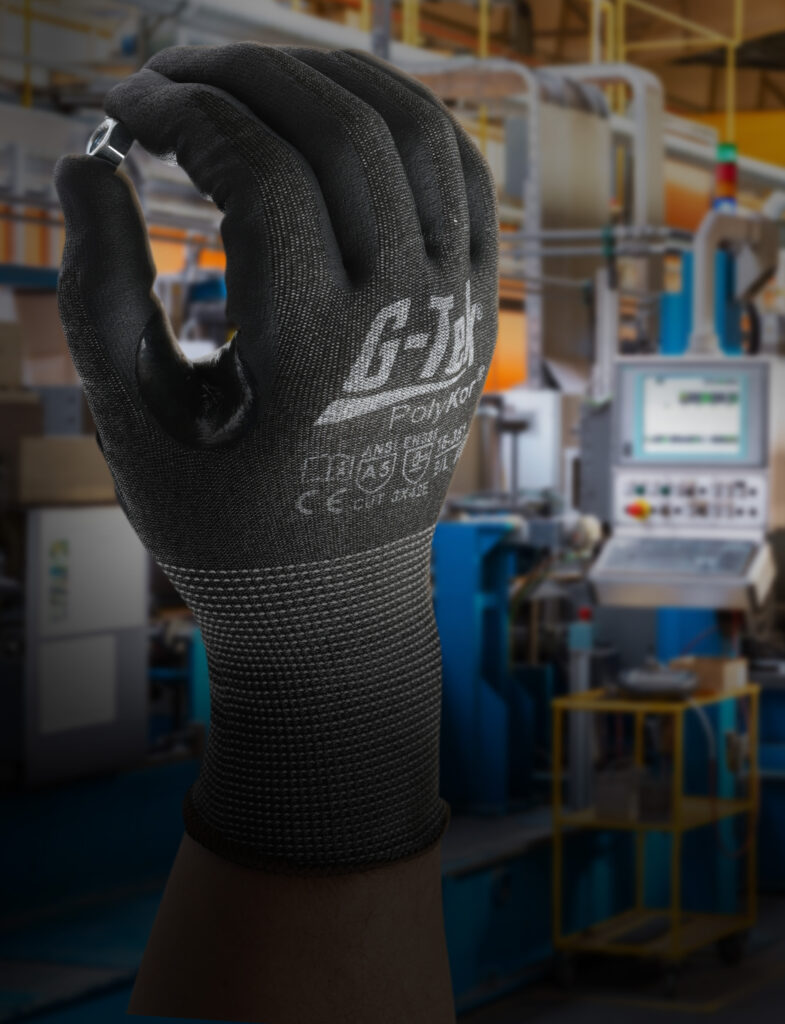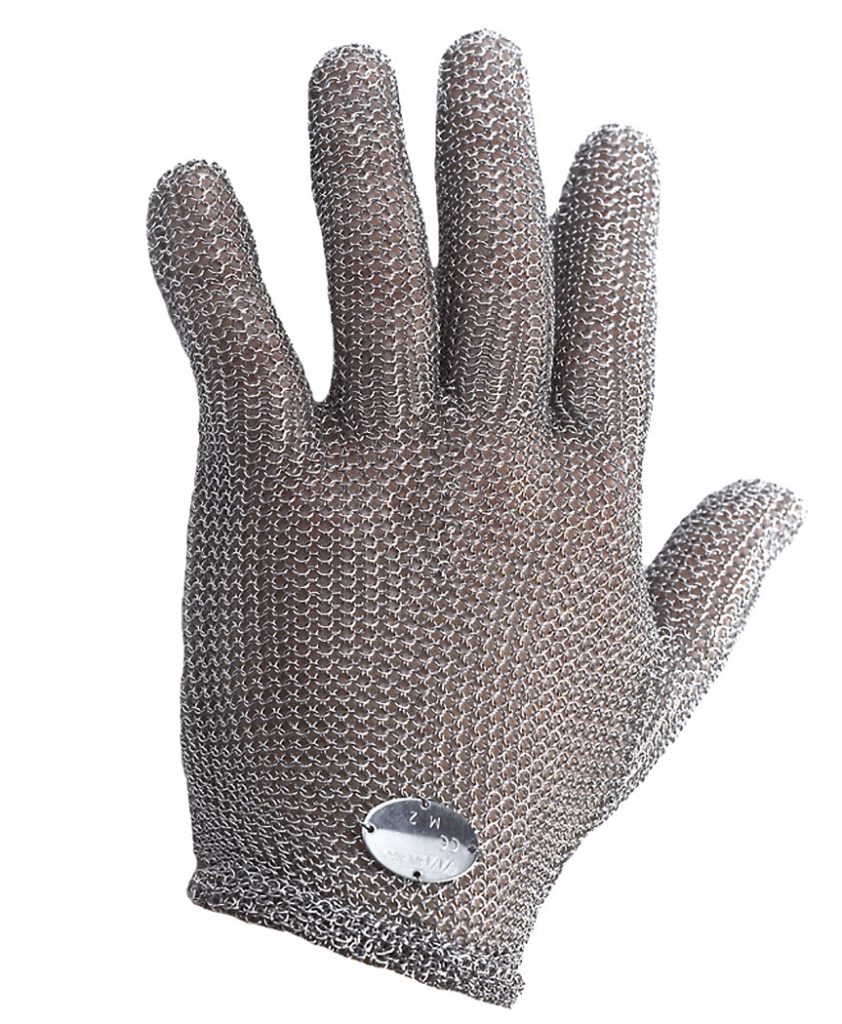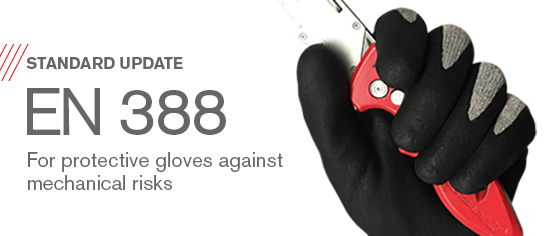This is a quick guide to selecting Cut Resistant Glove Levels with a bit more to help you in selecting the right Cut Resistant Glove for your specific needs or work.
Cut Resistant Gloves are commonly used and required for food handling and food processing, manufacturing, and the trade industries to industrial operations such as mining and quarrying. After all, it’s all about safety issues and PPE – Personal Protective Equipment (OSHA) requirements.
I prepared this guide and created a nice chart to minimize any confusion and help our customers in their glove selection. This is because it was only a few years ago that cut resistant gloves only had Five (5) levels of cut resistance standards as required by ANSI. (American National Standards Institute which establishes safety requirements in the USA).
Today, there are Nine (9) levels of cut resistance due to the tremendous advancements in glove material technology. For example, the previous highest level of cut resistance was an A5 which equaled a test up to 3,500 grams. Today, the high cut hazard standard is an A9 which equated to a test up to 6,000 grams. This almost double test of cut weight clearly demonstrates the new advancements in cut resistant gloves.
Therefore, the new ANSI/ISEA 105 Standard (2016 ed.) includes Cut Level Scores from A1 to A9. The changes include new classifications levels which includes a new scale to determine cut score (commonly referred to as the ANSI cut score), and a revised method for testing gloves to the standard.
I would like to note that we presently do not offer any gloves among the 48 different models that we feature above an A6 rating since I have not been pleased with the dexterity of the higher cut rating models available today. For example, I recently tested a nice thin A9 coated model, but it was too stiff and did not offer the dexterity and flexibility that most users would desire and need for more intricate work. In any case, the A4 models and A5 models have done a nice job all these years offering Medium to Heavy Cut Hazards Levels up to 2,200-gram weight tests.
On that note, I will continue to test newer models and if and when I see a suitable model with those very high cut scores, I will let you know.
ANSI 105 Standard Testing
I will not go into discussing the rigorous straight blade testing methods for brevity here since I believe our glove users are more interested in the actual glove performance rather than how they are tested, so I will leave this topic up to the glove testing gurus at ANSI.
Types of Cut Resistant Gloves
Today, there are many types of cut resistant gloves that offer various types of specific attributes.
These types vary from the cut-proof Stainless Steel Metal Mesh models popular with butcher’s and in food processing operations to simple thin flexible coated knit work gloves that are the most popular. We offer models that are Touch Screen compatible as well as Heat Resistant versions and cut-resistant glove models with added impact resistant features.
Cut Resistant-Glove Attributes
As I mentioned, we offer over 48 different cut resistant glove models so I will not cover all of them here since we have detailed product descriptions on each model on our web site. We also have a nice search function where you can view all the glove models and select an “attribute” in the search function from the “main category listing”. That link is provided below.
New Thin Cut Resistant Glove model
As far as new gloves with new features, I would like to bring your attention to a cut-resistant glove that I discussed late last year.
They are the:
PIP G-Tek Polykor Seamless Nitrile Foam Grip Coated Touch Screen Thin 21 Gauge Cut Resistant Gloves – PIP Model 16-351.
Link to Product ID: WK-CC-16351
I covered these gloves here in the blog posts last December and it may be useful to read that post as to why these have the “newest” and the “thinnest” features coupled together into one model.
Important Links:
The link below will take you to a nice PDF file that can be printed out and posted in your place of work which shows all the new ANSI Cut-Resistant Levels along with the typical applications.
GO Gloves ANSI Cut Resistant Chart
Thank you for subscribing and please let us know if you have any questions.
Joe McGarry
The Glove Guru












